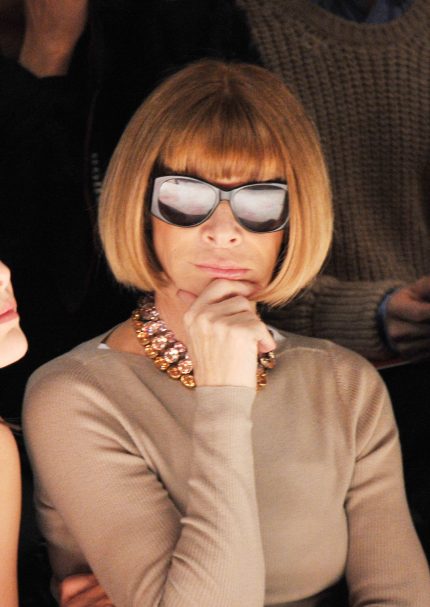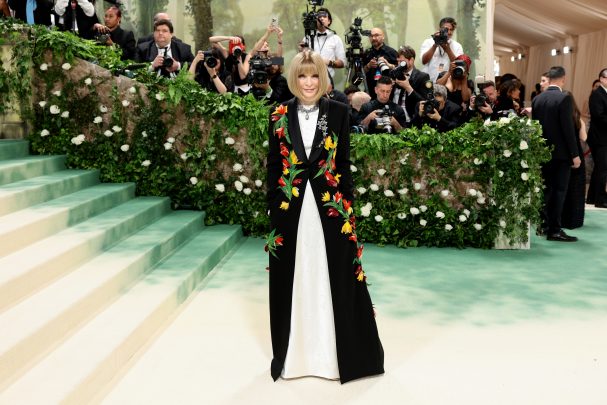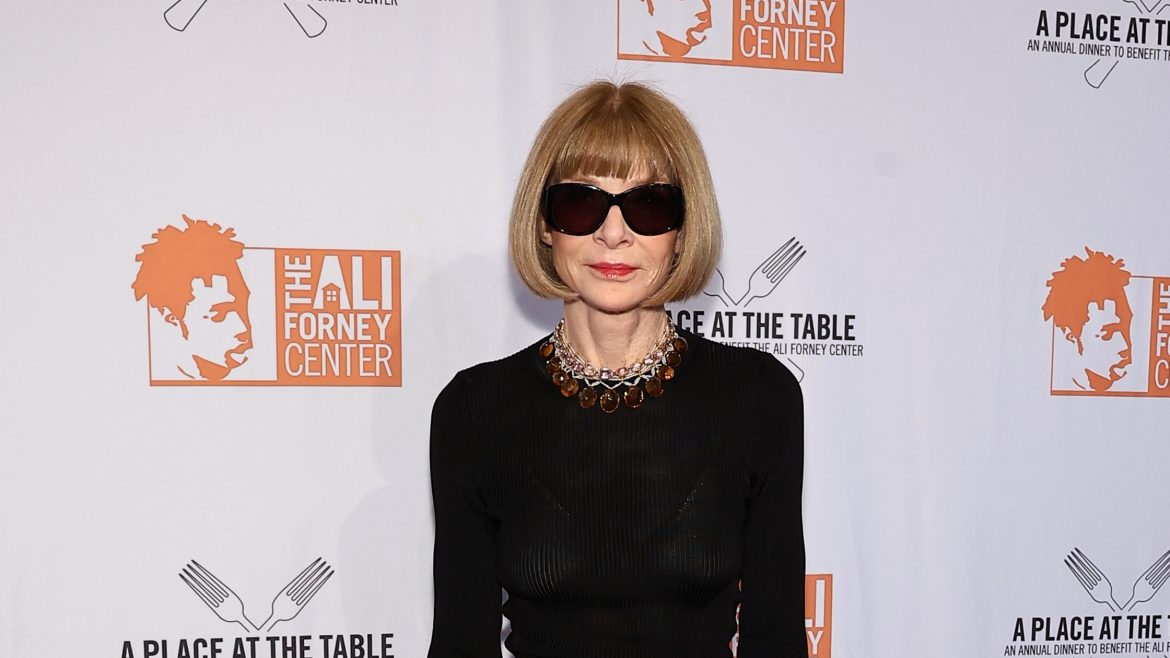Dame Anna Wintour is stepping back from her historic role as editor-in-chief of American Vogue, a position she has held since 1988. The 75-year-old British-born editor broke the news during a staff meeting, where she announced the introduction of a new role: Head of Editorial Content. This position will lead the day-to-day operations of the US edition and report directly to Dame Anna herself.
ALSO SEE: Royal rift deepens: Archie and Lilibet face uncertain future under King William
Though she is handing over editorial control of American Vogue, Wintour is NOT retiring. She will remain deeply involved in global operations as Condé Nast’s chief content officer and Vogue’s global editorial director, overseeing a portfolio that includes Vanity Fair, GQ, Wired, Tatler, Allure, and others. The only exception is The New Yorker, which continues to operate under a separate editorial structure.
A visionary legacy in fashion publishing
Since taking over American Vogue in 1988 after a three-year stint editing British Vogue, Wintour has redefined what a fashion magazine could be. Her very first cover, which famously paired a bejewelled Christian Lacroix couture top with a $50 pair of jeans, signalled a bold new direction that merged high fashion with street style. It was the first time denim had appeared on Vogue’s cover — a signal of Wintour’s instinct for reinvention and relevance.

Photo by Stephen Lovekin/Getty Images for IMG
Under her leadership, Vogue transformed from a glossy fashion catalogue into a cultural touchstone. She brought celebrities onto the covers, supported emerging designers through initiatives like the CFDA/Vogue Fashion Fund, and wielded unparalleled influence over fashion trends, careers, and even the global luxury market.
Her meticulous control of the magazine’s visual language and her famously steely persona earned her both admiration and fear, even inspiring the character of Miranda Priestly in The Devil Wears Prada, a novel based on Wintour’s former assistant.
Mentoring the next generation
In her remarks to staff, Wintour said she now finds her greatest joy in supporting younger editors. “Anybody in a creative field knows how essential it is never to stop growing in one’s work,” she said. “Now, I find that my greatest pleasure is helping the next generation of impassioned editors storm the field with their own ideas.”
This latest shift reflects that desire. As Condé Nast continues to adopt a more global editorial structure — with editorial heads in markets like France, Japan, India, and the UK — Wintour’s expanded role will allow her to give equal support across regions. The creation of the new US editorial lead position mirrors these efforts to decentralise day-to-day content decisions while maintaining global cohesion.

Photo by Dimitrios Kambouris/Getty Images for The Met Museum/Vogue
A cultural force beyond print
Beyond her editorial achievements, Wintour’s cultural footprint is vast. Since 1995, she has chaired the annual Met Gala, turning it into a blockbuster fundraising event for the Metropolitan Museum of Art’s Costume Institute. This year’s gala raised a record-breaking $31 million.
She also launched Fashion’s Night Out in 2009, an initiative aimed at reviving retail during the economic downturn. And throughout her tenure, Wintour has used her platform to champion Democratic political candidates and support social causes.
Earlier this year, King Charles III recognised her contributions to fashion by naming her a Companion of Honour during a ceremony at Buckingham Palace. When asked if this meant she would be stepping away from work, she answered firmly, “No.”
Industry reaction and what’s next
The news has reverberated throughout the fashion world. Designer Thom Browne remarked, “No one will ever really be able to replace Anna. She has supported so many and supported fashion more than anyone.” Calvin Klein said her continued presence at Condé Nast means she is still “running the show,” but that the move was a wise and exciting new chapter.
Former editors, industry veterans, and cultural commentators alike have expressed both admiration and concern. Valerie Steele of the Fashion Institute of Technology noted that while Wintour’s role may shift, her influence on fashion remains undiminished. Others, like journalist Amy Odell, have interpreted the change as part of Wintour’s efforts to shape her legacy on her own terms.
While her successor has yet to be named, Wintour’s appointment to the role will undoubtedly shape the future of American Vogue. For now, the fashion world is preparing to move forward without her day-to-day direction — and perhaps towards a new era defined by collective voices, digital-first strategy, and evolving definitions of style.
Still, as cultural psychologist Jennifer Heinen put it, Wintour’s enduring legacy lies in her power to make fashion feel both aspirational and intimidating. “She built symbolic safety into Vogue’s identity. You always knew what Vogue stood for,” she said.
In her absence from the editor’s desk, that clarity may be harder to come by, but her vision will continue to guide Vogue’s evolution for years to come.
ALSO SEE:
Marise Pollard shares baby bump update as she prepares for baby 2
Featured Image: Getty

